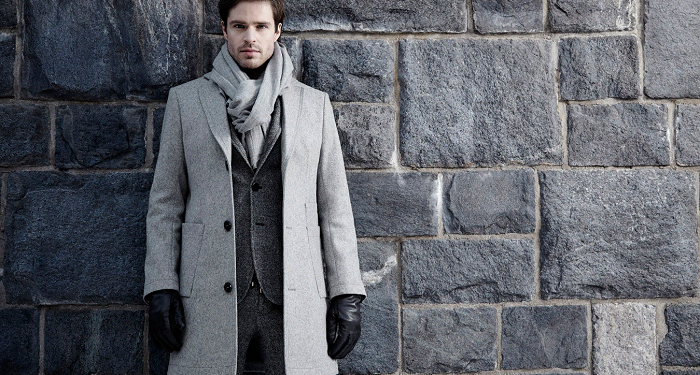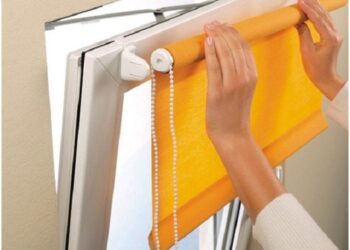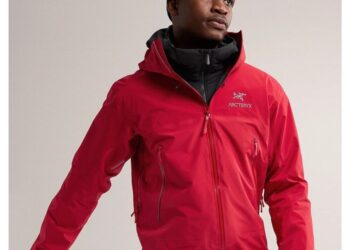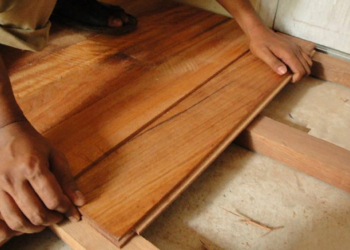The first coats appeared even with the Persians, as street clothes. Then these were just capes protecting an elegant dress from dust on the street. Later, the coat turned into a hinged caftan, which was worn for the same purpose of both women and men.
Now the coat is not just solid and comfortable clothes, but also a fashionable wardrobe element. Moreover, you can choose a “top dress” for every taste and style.
The first coats appeared in the Persians
At first, the coat was sewn with straight, single -breasted or double -breasted, with a through fastener. So it was until the First World War. In the second half of the XIX in. Women’s coat becomes partially or completely fitted, emphasizing the figure. For sewing, cashmere and other types of wool were most often used. By the end of the XIX in. A significant variety of models has appeared.
Chesterfield Coat was originally intended for men. It was fitted, sewed from gray wool and decorated with a velvet collar. The model was named after the fourth Count Chesterfield – Philip Dormmer Stanlop. After the First World War, this style of a coat was adopted by women.
The first coats appeared in the Persians
“Balmakan” or Raglan is a wide tweed cloak or a classic coat. Single -breasted, with a small strong -up collar and side wolf pockets on buttons, it reached the middle of the ICR. Just like Chesterfield, only men wore it at first, but by the end of the century it fell in love with women. This is a fairly conservative model, although it has a lot of variations.
At the end of XIX in. There was a “anther” – a car coat for a car. For special convenience in transport, it was sewn with lightweight. Now you can often hear that the “anther” is called the cloak.
At the beginning of XX in., For the audience of the game of Polo, the coat of the same name was invented. It was sewn from camel wool or other fabric, but necessarily sandy color – for similarity to camel. This coat does not have a fastener, since the smell is provided here. A distinctive feature of the “Polo” style are large patch pockets.
Military models of a coat, “trench coat” (trench coat) and “overcoat”, become everyday clothes. They are distinguished by a collar with densely fastening lapels, deep pockets and slots on the hem. Over time, the “trench coat” is renamed into a more familiar one – trench coat.
The Pelissa coat was different in that it was sewn without a fastener, in the manner of a bathrobe. Over time, this model has changed – it began to make it straight or trapezoidal cut, with a shawl collar.
The first coats appeared in the Persians
“Daflkout” (or daflcot) is a straight coat to the knees, with overhead clasps in the form of leather loops and wooden buttons-pipe. “Daflcot” must certainly be with a hood, a coquet and overhead pockets. The townsfolk borrowed this model from the English sailors – they wore it during the Second World War.
Redingot coat was used for riding in England. Later, it turned into universal street clothes and was distinguished by an English collar, a double -breasted fastener and velvet decoration on a collar and pocket valves. A characteristic feature of the “radingote” – vertical lines of the cut.
Cream of Crimby Coat is sewn from dark cloth. This is a single -breasted coat, with a hidden number of buttons.
“Carrelkot” is a narrow, short coat with four parallel decorative sutures on the cuffs and along the lower edge. It is sewn, as a rule, from brown tweed.
The Partesheyhe Youth is characterized by an English collar, a double -breasted clasp and patch pockets.
If earlier in a certain period of time there was a fashion for any one style of a coat, now the fashion is much more democratic. Moreover, every day designers invent more and more new clothing options. This is pleasing, because the coat has firmly entered the everyday life. Leading couturier advise to have several styles of coats in their wardrobe. Ultramodnaya models quickly give up their positions and you can not really spend money on them. There is no need to buy such a coat in a trolo – the fashion will quickly pass on it. But the classic coat should be expensive and solid, since you can wear it not only for several seasons – several years.

















